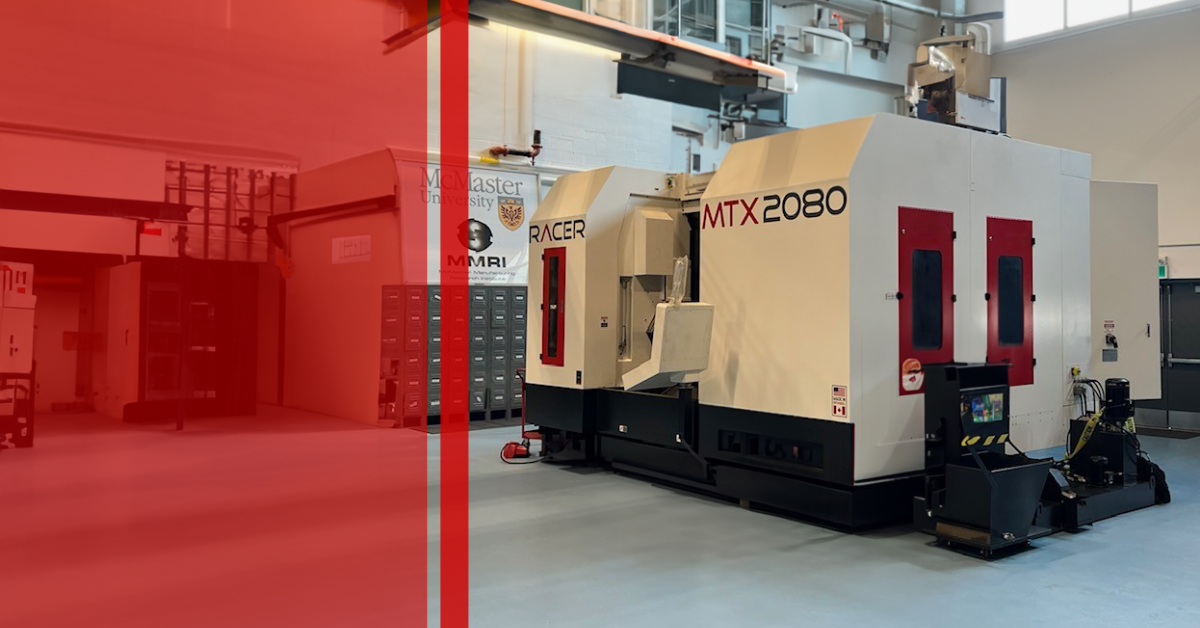
You may also like:
Manufacturing Complex Components: Insights from RACER
Exploring the Mechanics of CNC Machines Success
Industry 4.0 and RACER
In the fast-evolving world of manufacturing, precision and efficiency are paramount. As industries push the boundaries of innovation, one technology has emerged as a game-changer: Multi-Axis Machining. At RACER Machinery International, we take immense pride in embracing this revolutionary advancement and empowering our clients to reach new heights of productivity and excellence with advancements in multi-axis machining.
As industries push the boundaries of innovation, one technology has emerged as a game-changer: Multi-Axis Machining.
In this blog, we’ll explore multi-axis machining’s remarkable advancements reshaping modern manufacturing.
Understanding Multi-Axis Machining
Traditionally, CNC (Computer Numerical Control) machining has predominantly operated in three primary axes: X, Y, and Z. However, with the advent of multi-axis machining, the possibilities have expanded exponentially. Multi-axis machining refers to the integration of additional rotational movements, often enabled by advanced rotary tables, tilting spindles, or swiveling heads. Extra degrees of freedom enable simultaneous movement along multiple axes, creating intricate geometries with unmatched precision.
Advantages of Multi-Axis Machining
Enhanced Precision:
By enabling tools to approach the workpiece from multiple angles, multi-axis machining minimizes setup errors and reduces the need for multiple setups, ensuring unparalleled accuracy.
Shorter Production Times:
With the ability to perform complex cuts in a single setup, multi-axis machining significantly reduces production times, leading to faster delivery and quicker time-to-market.
Versatility in Design:
Manufacturers can now create intricate, sculptural-like components that were previously unattainable with conventional machining methods, expanding the possibilities for design and product development.
Improved Surface Finish:
Multi-axis machining reduces the need for manual finishing operations, resulting in smoother surface finishes and eliminating the risk of human error.
Cost-Effectiveness:
Despite its advanced capabilities, multi-axis machining can lead to cost savings in the long run by streamlining production processes and reducing material waste.
Applications of Multi-Axis Machining
The versatility of multi-axis machining has led to its widespread adoption across various industries:
Aerospace:
From aerospace engine components to intricate airfoil shapes, multi-axis machining allows to produce lightweight, high-strength parts critical for aerospace applications.
Medical:
In the medical field, where precision and intricacy are paramount, multi-axis machining is employed to create complex surgical instruments, orthopedic implants, and dental prosthetics.
Automotive:
Multi-axis machining is revolutionizing automotive manufacturing, facilitating the production of complex engine components, gearboxes, and custom parts for vehicle customization.
Mold Making:
Mold manufacturers benefit from the ability to produce intricate and complex mold cavities with ease and precision.
In the fast-evolving world of manufacturing, precision and efficiency are paramount. As industries push the boundaries of innovation, one technology has emerged as a game-changer: Multi-Axis Machining. At RACER Machinery International, we take immense pride in empowering clients with multi-axis machining advancements, driving productivity and excellence. We firmly believe in staying at the forefront of technological advancements to provide our customers with the best tools for their manufacturing needs.